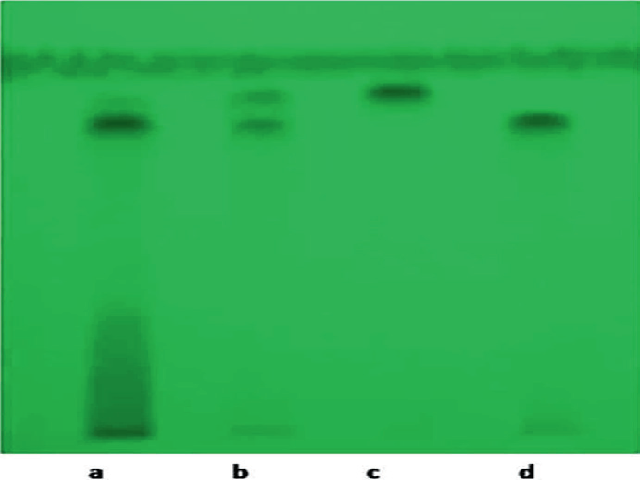Antidiabetic and Antioxidative activity of Ethyl acetate Fraction of Hydromethanolic Extract of Seed of Eugenia jambolana Linn Through in-vivo and in-vitro Study and its Chromatographic Purification
DOI:
https://doi.org/10.5530/ax.2012.2.6Keywords:
Antihyperglycemic agent, Eugenia jambolana, Hplc, Hptlc, In-vitro studyAbstract
Introduction: Eugenia jambolana of Myrtaceae family is widely distributed and used as diabetic therapeutic traditional medicine in rural India. Antidiabetic potentiality of ethyl acetate fraction of hydromethanolic (40:60) extract of seed of E. jambolana was investigated following in-vivo models in experimental diabetic rat and antioxidative efficacy following in‑vitro models. Materials and Methods: Alteration in carbohydrate metabolism during hyperglycaemia was assessed by increased fasting blood glucose, glycated hemoglobin levels along with diminished body weight, level of serum insulin and glycogen contents in liver, skeletal and cardiac tissues of diabetic rat. In-vitro antioxidative potentiality was measured by inhibitory activity of lipid peroxidation, scavenging activity against hydrogen peroxide, nitric oxide, hydroxyl, ABTS and DPPH radicals along with preliminary phytochemical analysis. Bioactive phytoingredients were isolated from ethyl acetate fraction through column chromatography, HPTLC fingerprinting and RP-HPLC analysis. Results: Oral administration of 20 mg ethyl acetate fraction or 0.6 mg glibenclamide in 0.5 mL water/100 g body weight/rat for twice a day at fasting state to diabetic rats for 28 days significantly (p<0.05) resettled carbohydrate metabolomics towards the control levels. This fraction established its primary antioxidant attribute by scavenging hydroxyl, nitric oxide, hydrogen peroxide, ABTS and DPPH radicals along with the inhibition of lipid peroxidation with IC50 values 26.49,28.14,18.45,13.65,10.46, 28.88 μg/mL respectively. Phytochemical screening confirmed isolated compounds were chemically gallic acid in nature. Two separate spots of ethyl acetate fraction were recorded after scanning of HPTLC fingerprinting. RP-HPLC study also shows two completely resolved peaks. Its biosafety profile was established following guidelines. Conclusion: On the basis of experimental studies ethyl acetate fraction of E. jambolana proved its antihyperglycemic and antioxidant nature.
Downloads
Metrics





